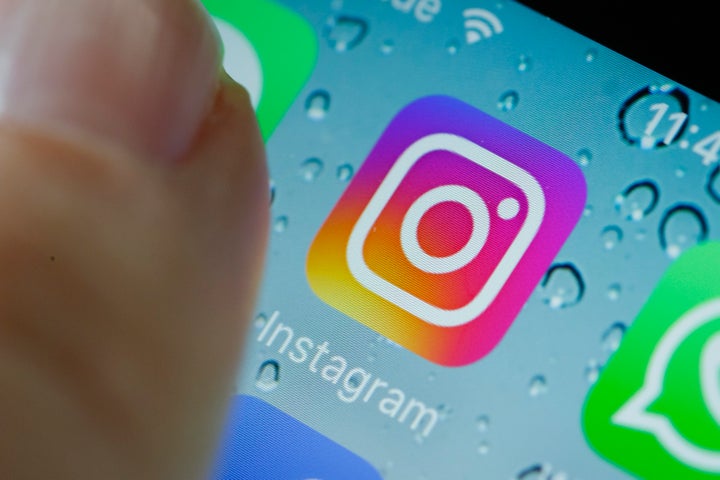
A while ago, I wrote a blog about why we get addicted to Facebook. Social media can clearly be addictive. Many of us have seen videos of people walking into fountains (and even traffic) glued to their phone ― one report from Australia documented a woman getting distracted by her Facebook feed and walking off a pier into the ocean.
Well, there’s new news on how social media like Facebook and Instagram get us hooked. Instagram seems simple enough ― snap a picture and post it on Instagram or Facebook so your friends and family (and, if you choose, the world) can see it. They can report back via the now infamous “like” function (or now the more complicated “react”), to give you feedback on your picture. So why did Facebook buy Instagram for a cool $1 billion back in 2012?
Neuroscience doesn’t have all of the answers, but a recent study might give us some hints as to what makes certain types of social media “sticky.” Lauren Sherman and colleagues at UCLA designed a simple experiment. [1] The researchers measured adolescents’ brain activity while they were viewing a simulated Instagram “feed” consisting of a string of pictures they submitted, as well as those of their “peers” (which were provided by the research team). To mimic Instagram as accurately as possible, the picture feed also displayed the number of likes that participants’ pictures had tallied. The twist was that the researchers randomly split the pictures into two groups and assigned a certain number of likes to each one: many vs. few.
Because much of peer endorsement is online, and thus unambiguously quantifiable (e.g., like vs. no like), the researchers performed this experimental manipulation specifically to measure the effect of this type of peer interaction on brain activity. Simple, quantifiable scores are different than face-to-face interaction.
When we talk to someone face to face, our brains have to try to add together such factors as context, non-verbal facial and body cues, and tone of voice, which leaves plenty of room for ambiguity and subjective interpretation. In real life, there is no simple, quantifiable point system (i.e., the “likes” on Instagram); we can’t simply assign one like for a smile, another like for tone of voice, etc.
After a face-to-face conversation, we might ask ourselves such questions as, “Why did she look at me that way?” and “What did he really mean when he said that?” These types of questions are a constant source of teen (and adult) angst. The question is, how does the clear, quantitative peer feedback that adolescents are receiving through social media affect the brain? In line with the studies I reported about in my post on Facebook, adolescent brains showed significantly greater activation in the nucleus accumbens – one of the main brain regions that gets activated when we use opioids, cocaine, alcohol or any other drug of abuse. Yes, as we can all relate to, it feels good to get the likes.
Interestingly, another brain region called the Posterior Cingulate Cortex (PCC) was also activated when adolescents were viewing the simulated Instagram feed. The PCC is therefore implicated in self-reference; basically, it gets activated when we take things personally or “get caught up” in something (see this TEDx talk for more).
The take home message from these studies is this: growing evidence supports the idea that there is something biologically rewarding not only when we talk about ourselves, but when we receive (clear) feedback about our actions ― in the case of this study, the number of times people “liked” Instagram pictures. Never before in history have we had the technology to segment human interaction into quantifiable boxes and categories like we do now. Add to this how much more pleasant or rewarding it is to get clear rather than ambiguous feedback, and we can start wondering how our brains are being rewired to move toward this type of interaction more and more in the future.
Simply look around next time you are in a restaurant to see how many people are on their phones instead of looking at each other, and you might already have your answer…
For more by Dr. Brewer, click here.
[1] Sherman, L.E., et al., The Power of the Like in Adolescence: Effects of Peer Influence on Neural and Behavioral Responses to Social Media. Psychological Science, 2016.